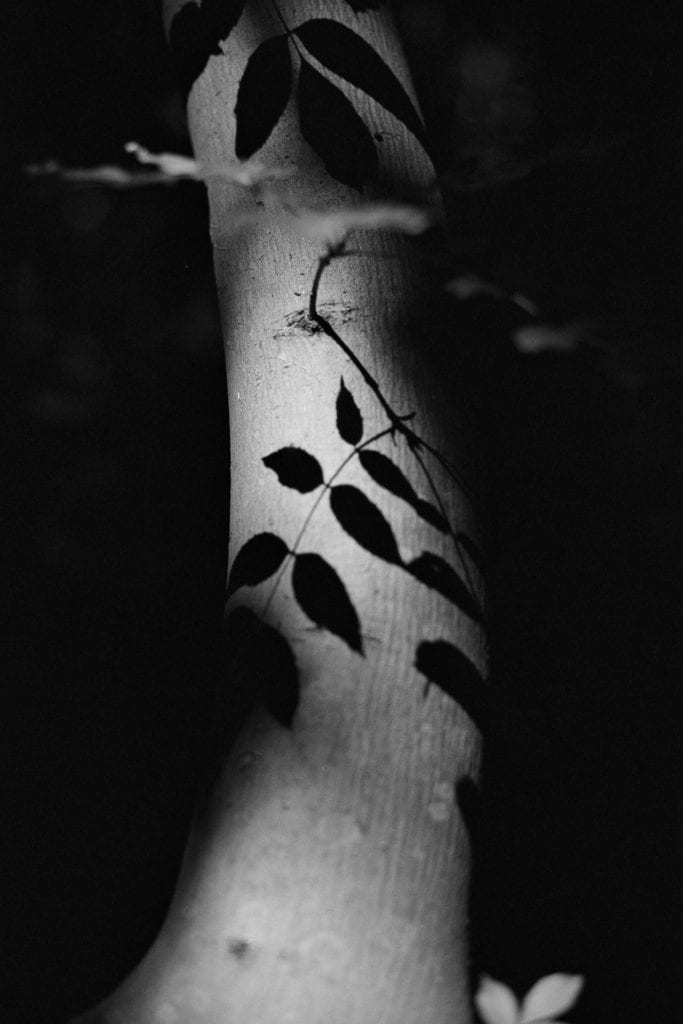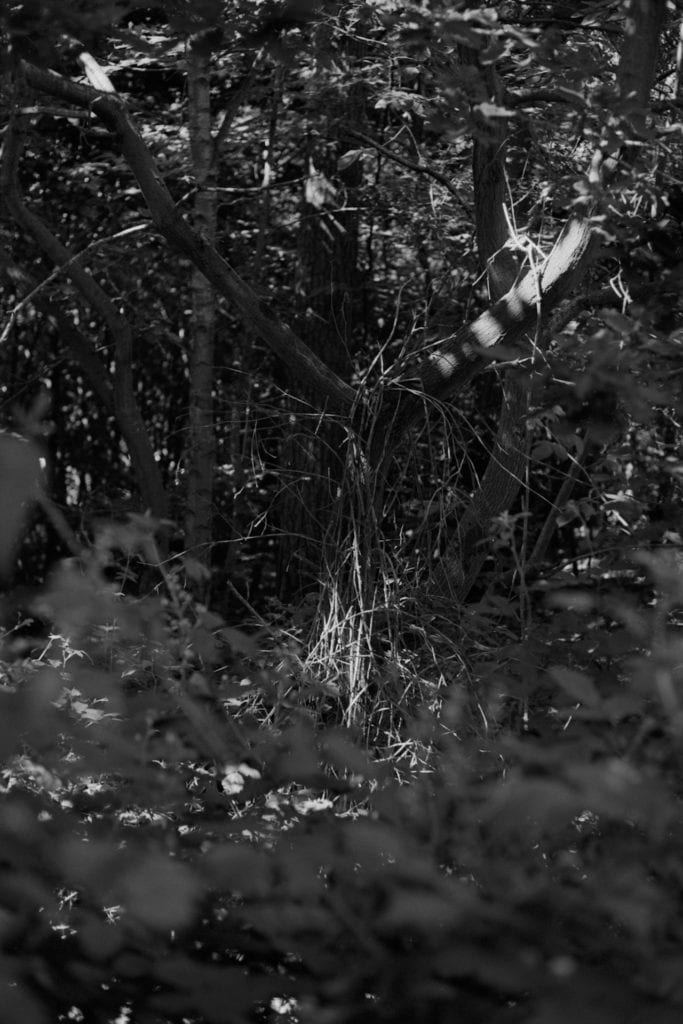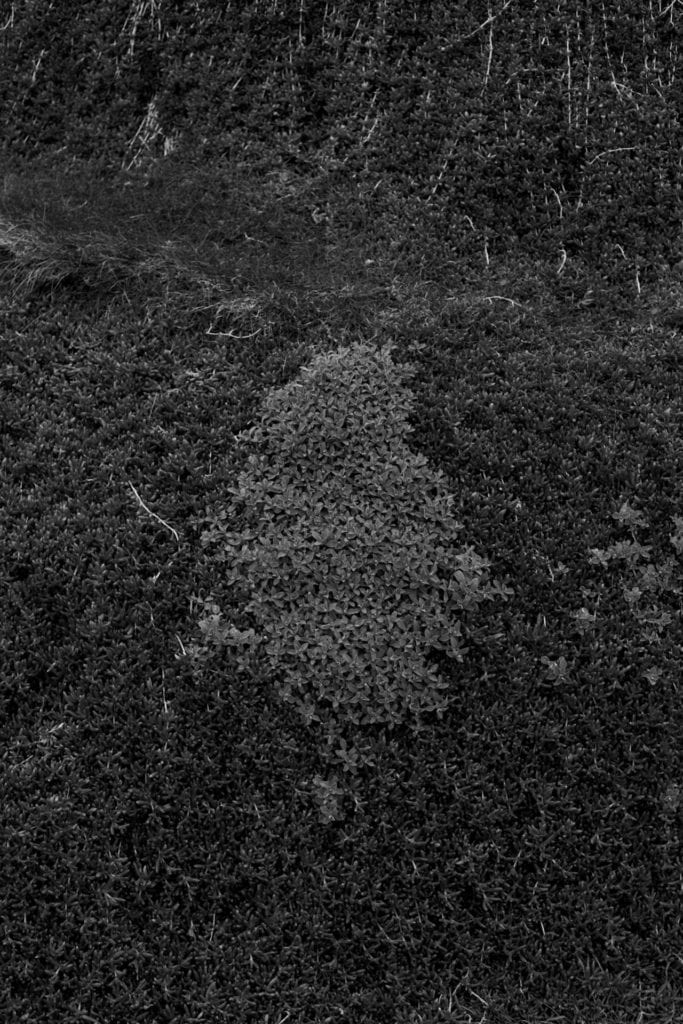Manchester-based photographer Simon Bray has always been a fan of ambient music. Whether he is shooting on location or working on his computer, Bray always has it playing in the background. “It creates a certain atmosphere for me,” he explains. “As a pioneer of the genre, Brian Eno is hugely important within that realm, and this record, in particular, caught my attention because of its relation to place.”
The track names on Eno’s 1982 album Ambient 4: On Land reference locations around Suffolk and Cornwall that are significant to the musician’s life. For example, Lizard Point is titled after the southernmost tip of mainland Britain, and Lantern Marsh is an estuary in East Anglia, near to where Eno grew up. Bray decided to visit each of the locations to understand how they inspired Eno to make music about them. “That was part of the intrigue for me,” he explains, “was it his connection to it through experience, or was there something more there?”
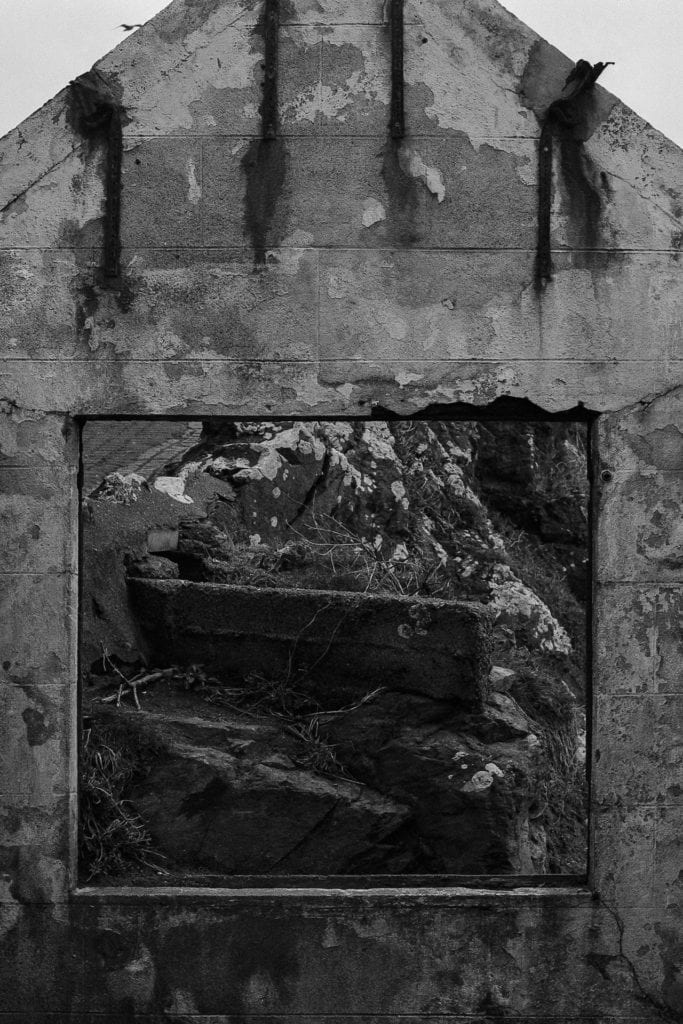
Bray employed a camera and film stock both made around the same time that Eno produced the record, in order to “to draw the project back to the origins of what he was making”. He spent each journey listening to the track that correlated with his destination. But, when he arrived, the photographer often found that there was nothing especially surprising or significant about the place. One of the locations, Leek Hills, was a modest woodland area that Eno supposedly visited as a child. Still, for Bray, it was fascinating to explore how somewhere that could be mundane for one person could have a huge significance for another.
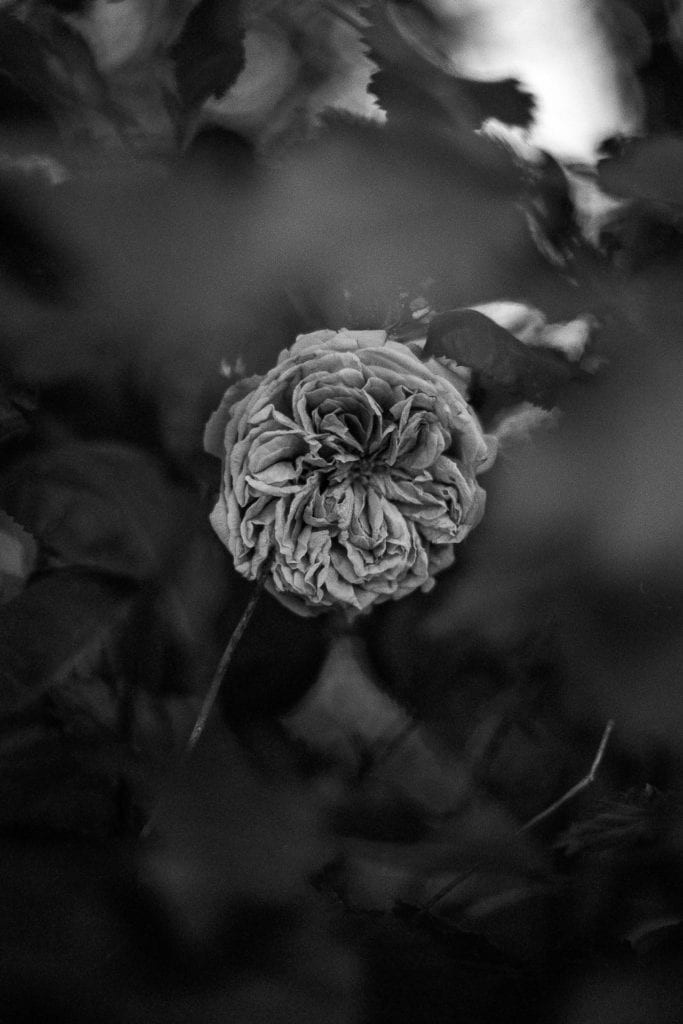
The photographer collated the work into a photobook, which he encourages readers to review while listening to the music. This is partly because the music may not be familiar to them, but also because he hopes the work can be experienced as a combined audiovisual experience.
“Within the music, there are elements that repeat, evolve, and change. I wanted the images to form an additional layer of somebody’s experience of the music,” he explains. “Music can be evocative in a moment, in the same way, that a photograph can. There is an interesting meeting point in which the music and imagery can unify to create a greater experience for the viewer.”
Ambient 4: On Land by Simon Bray is self-published and now available to pre-order
–

